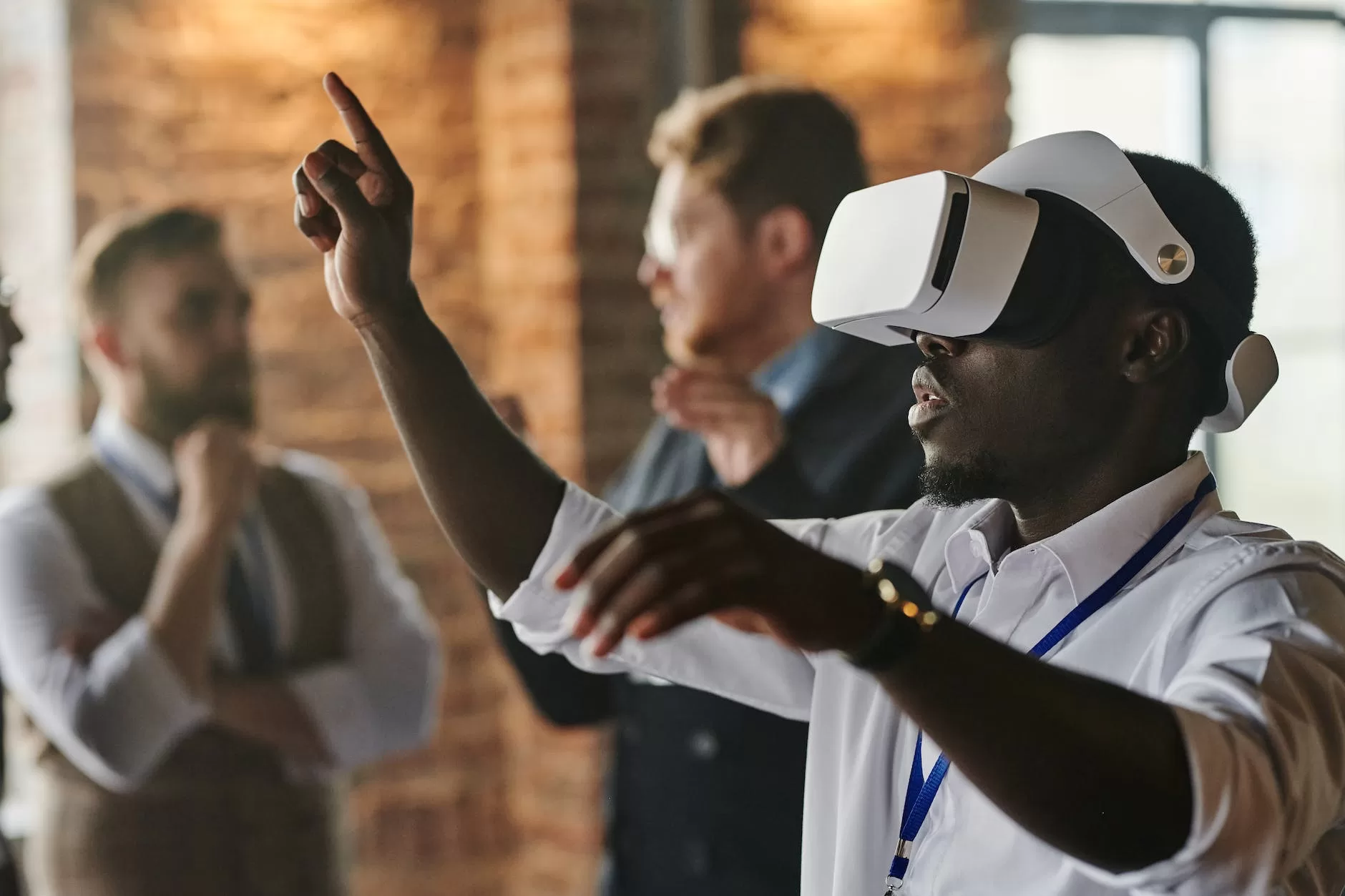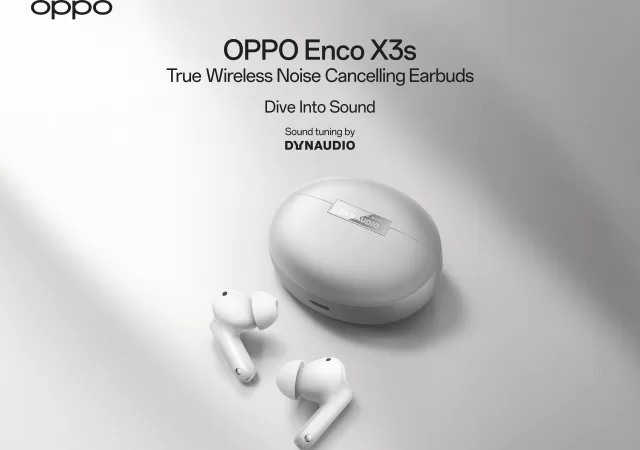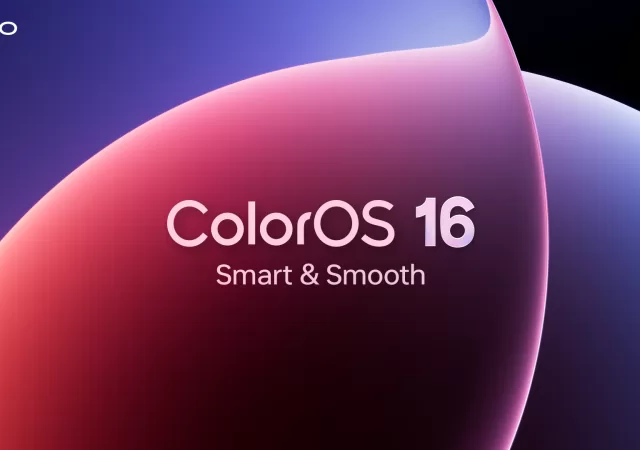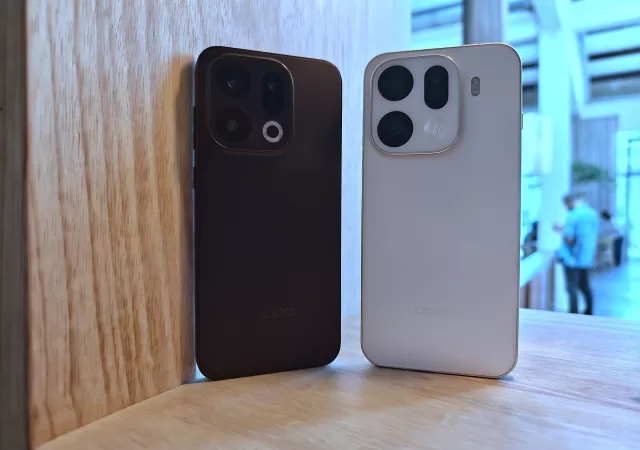This article is contributed by Varinderjit Singh, General Manager, Lenovo Malaysia
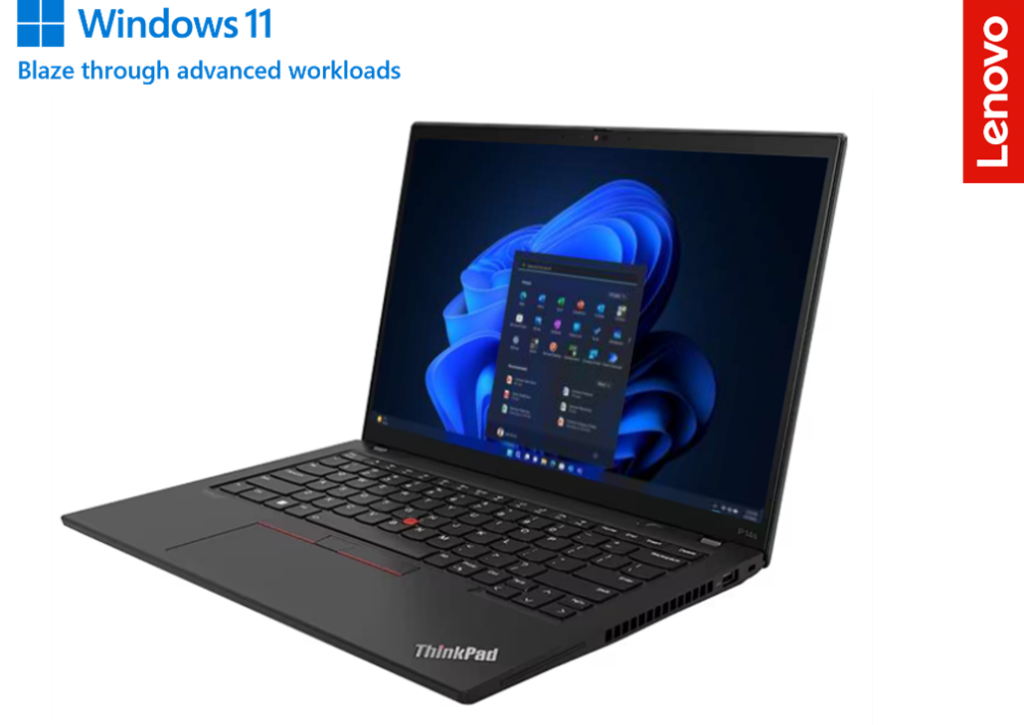
The manufacturing industry is shifting from hands-on to virtual with AR & VR, to increase efficiency, enhance employee training & cut costs.
As augmented (AR) and virtual reality (VR) technologies expand beyond the gaming world, they are seeing increased awareness and adoption across a variety of industries – particularly manufacturing. In an era dominated by data and one that is constantly shifting to adapt to the needs of the new workforce, emerging technologies have the opportunity to completely disrupt the manufacturing industry as we know it.
AR/VR enables a new generation of workers to be smarter, faster, and more capable by connecting people and computers in real-time, hands-free scenarios. This new wave of immersive computing enables workers to access technical knowledge and data on the go, interact with 3D models to collaborate and innovate with peers and dive into digital experiences that enhance engagement and learning. By empowering employees to do more, AR/VR technologies allow enterprises to solve problems in unexpected and inventive ways.
Lenovo’s ThinkReality solutions are making it easier than ever to build, deploy and manage enterprise AR/VR solutions. ThinkReality is a scalable cloud and device-agnostic software platform supported by Lenovo’s expert consulting, deployment and support services. As the global manufacturing industry prepares to adjust to new challenges and opportunities, ThinkReality is ready to support it.
In addition, the Lenovo ThinkPad P14s Gen 3 operating on Windows 11 Pro is an excellent choice for businesses and employee training. Use Windows 11 Pro for Workstations to blaze through workloads with lag-free multitasking across your most demanding applications.
Manufacturing’s New Reality
The manufacturing industry now has approximately 2.72 million workers in Malaysia, accounting for about 18.1% of the workforce, and continuing to grow. With a transitioning workforce, globally, the manufacturing industry is forecasting a deficit of 7.9 million workers by 2030, resulting in an unrealized economic output of $607.1 billion (RM 2.8 trillion) if current initiatives remain unchanged.
According to Korn Ferry’s Future of Work study, “Developing countries with strong manufacturing centres may begin to struggle due to significant talent shortages – by 2030, Brazil could suffer manufacturing worker deficits of 1.7 million and Indonesia could see worker shortages reach 1.6 million. The United States already struggles with shortfalls in highly skilled manufacturing talent and this deficit is expected to increase over the next decade, reaching a 2030 shortfall of 383,000 such workers, equivalent to more than 10% of the highly skilled workforce.”
As a result, the manufacturing industry, which has traditionally been slow to evolve, is moving at rapid speeds towards AR/VR integration to help solve for the skilled workforce gap. IDC forecasts worldwide spending on AR/VR will reach $160 billion (RM 759.7 billion) this year, up significantly from the $16.8 billion (RM 78.8 billion) forecast for 2019, with the five-year compound annual growth rate for AR/VR spending reaching 78.3%.
The uptick in AR/VR enterprise growth will be a direct result of manufacturing’s growth, where companies are using technology to boost productivity, increase security and ensure accuracy in the industry.
Hands-on Training
According to Deloitte, the number of new jobs in manufacturing is expected to accelerate and grow by 1.96 million workers by 2028. This job surge calls for the industry to keep up with the demand for new talent and to quickly adapt and integrate new technologies—to boost both revenue and employee productivity.
Technicians need to quickly adapt to this environment and determine efficiencies across their entire operations. One such way is by enabling new technologies that enhance employee training.
In most manufacturing environments, hands-on training is difficult because shutting down equipment or a production line to brief new employees is unrealistic. Additionally, there are certain pieces of equipment that might be too expensive to purchase just to dedicate solely to training new hires.
However, with VR, on-the-field training is possible, as new employees can be placed in a virtual environment that mimics the work they would be doing on the ground. Allowing employees to learn through real-life experiences leads to increased knowledge retention and gives them the ability to practice complex scenarios they would normally not have access to in traditional training environments. The technology also allows employees to absorb the information through real-time application, save time in traditional forms of training and equip them with the expertise they need to fill the industry skills gap. Companies also benefit because virtual training prevents disruption in normal operations.
Safety & Maintenance
Being able to train employees from a distance boosts learning, saves employers money long-term and, most importantly, provides a safer environment. While company manuals and training courses exist, there needs to be other resources employees can take advantage of to effectively prepare for the variety of high-risk situations they might face over their careers. With AR technology, employees are able to experience potentially dangerous scenarios repeatedly, helping to avoid injury and equipment damage.
As an example, aerospace manufacturers are using AR technology to increase efficiency and improve quality control at their installation and inspection facilities. Employees use augmented reality glasses to see digital mockups over images of real systems to identify faulty parts which helps ensure safety and speeds up the maintenance process. AR helps ensure accuracy while also speeding up the process of daily inspections.
Worker Productivity & Business Efficiency
The result of a more experiential onboarding and training process is employees who are more prepared for their daily tasks, which leads to increased productivity. Beyond training, AR/VR solutions help businesses work smarter and more efficiently. For example, manufacturing company leaders can use VR to reskill their employees to learn new skills, or alternatively, AR solutions can give engineers access to interactive 3D renderings to more quickly assemble a specific component.
Additionally, over the years these technologies have evolved to help businesses be even more efficient. For example, to adapt to the increasingly mobile and technologically-driven workforce, these solutions now come in the form of hands-free head-worn devices that can be used to deploy both simple and complex AR solutions for enterprises – reducing error rates, improving time to build a system and minimizing costs.
Looking Ahead
ThinkReality is conceived for today’s world and the future. The Lenovo ThinkReality platform provides a proven, scalable, and streamlined path from proof of concept to productivity for enterprise AR/VR applications. The platform is a complete solution that lets you focus on problem-solving by working across diverse hardware and software. Build, deploy, and manage applications and content on a global scale, with global support.
While AR/VR technologies are still facing integration roadblocks in the industry, they hold a substantial role in propelling the manufacturing industry forward in the coming years. Ensuring employees are properly trained, productive and safe is just the starting point for the future of AR/VR in the manufacturing industry. As we look ahead, enterprises will continue to see the value of AR/VR in enhancing operations. By building in smarter technologies into the enterprise ecosystem, businesses will transform the manufacturing industry as we see it today.



